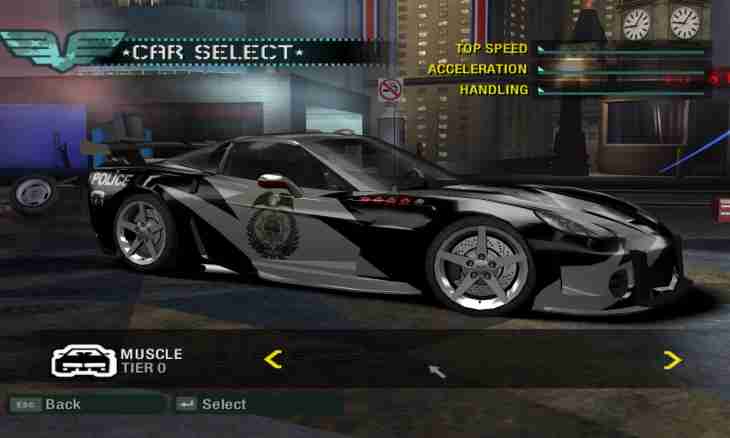According to the first law of mechanics, any body seeks to keep a condition of rest or the uniform rectilinear motion that in fact the same. But such serenity is possible unless in space.
Speed without acceleration is possible, but acceleration without speed is impossible. At the uniform rectilinear motion the physical body has constant speed, acceleration is equal in these conditions to zero. The set of different forces under the influence of which the uniformity of movement is broken works in the real world on a body. Force of braking causes emergence of the negative acceleration leading to reduction of speed. The nature of the movement changes on accelerated/slowed down with continuous or variable acceleration.
Speed in rectilinear uniform motion shows dependence of the passable way on time and is in number equal to distance per unit of time. Acceleration shows the nature of change of speed on the site of a way during the accelerated/slowed down movement of an object in space. Communication of the way-time parameters - "speed" linear, and acceleration is square function of an argument "time".
At constantly changing characteristics of process of the movement of a body the need for such parameter as instantaneous velocity appears. This size is defined as the first derivative of function (S=Ft), i.e. v=F' (t) where: S is a way, t is time, v is speed. Acceleration — the second derivative of function (S=Ft), therefore, a=F'' (t) or and =v' (t), where and — acceleration. In case of the uniform rectilinear motion the general view of the formula describing such movement represents the straight line equation: S=v*t+v ₀, where v ₀ - initial speed. Speed of such movement has constant value. The derivative of a constant is equal to zero, and there is no acceleration. In case of any curvilinear movement the speed vector is sent to each timepoint on a tangent to a trajectory, and the provision of a vector of acceleration coincides with a vector of change of speed which is defined as the vector difference of instant and zero speeds. Zero speed the value of this parameter at the time of the beginning of the accelerated movement is considered. In that specific case movements on a circle acceleration is directed to the center, speed coincides with a tangent. Vectors of speed and acceleration are mutually perpendicular.

